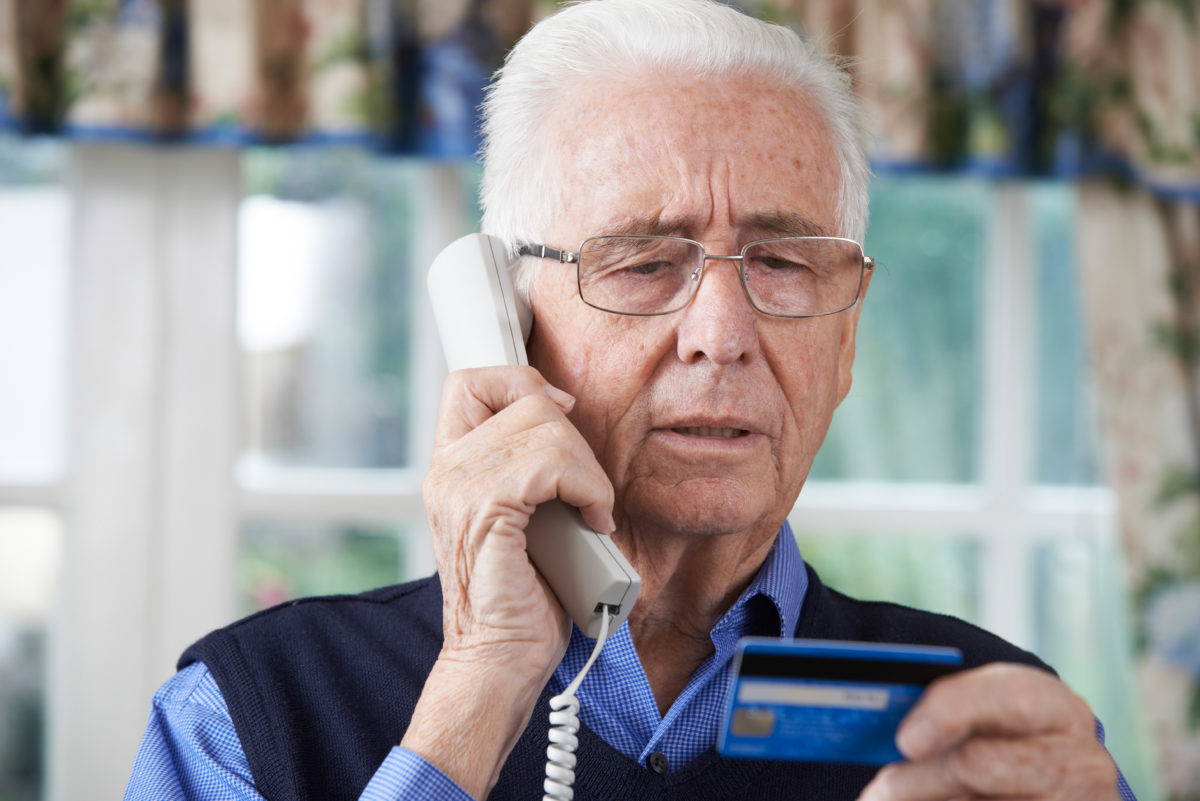Welcome to the third in our four-part Fraud series – a series of articles created to provide you with insights into the 12 most common types of fraud or scams, and tips on how to protect yourself. Below, we discuss three more popular scams from The Little Black Book of Scams that you need to be aware of.
Fraud is a crime that threatens every Canadian, regardless of their education, age or income. The following popular scams range from online to offline; proving it’s important to always stay vigilant.
Phishing and smishing scams
As we spend more time online, fraudsters are getting more creative with scams in the digital space. Phishing is when you get an unsolicited email that claims to be from a legitimate organization, such as financial institutions, businesses or government agencies. Scammers ask you to provide or verify, either via email or by clicking on a web link, personal or financial information, like your credit card number, passwords, and social insurance number.
Smishing is the same thing, except it occurs via text messages.
These messages often copy the tone and logo of organizations you trust, and usually include a call to action. They take many shapes and forms but the bottom line is that they seek your personal details.
Tips to protect yourself
- Know that reputable organizations will never ask for your personal information through email or text
- Ignore communications from unknown contacts
- Delete suspicious messages as they can carry viruses
- Don’t reply to spam messages, even to unsubscribe, and don’t open any attachments or follow any links
- To verify a hyperlink without clicking, hover your mouse over it. Carefully check if it is accurate
Door-to-door scams
Despite living in the digital age, there are still some old fashioned scammers that come right to your door, posing a threat to you and to businesses. With these scams, door-to-door salespeople use high-pressure tactics to convince you to buy a product or sign up for a service you don’t want or need.
These aggressive pitches are often for charitable donations, investment opportunities or home services and maintenance of various appliances, like water heaters, furnaces and air conditioners.
In many cases, you’ll never receive the product or service promised. In others, the products or services are of poor quality or not as represented.
Tips to protect yourself
- Don’t feel pressured to make a quick decision—take time to do some research on the seller and the products first
- Ask for photo ID, get the name of the person and of the company or charity they represent
- Ask for the charity’s breakdown of where funds are allocated. Be sure to get this in writing
- Research before you invest. Don’t sign anything and always read the fine print
- Know your rights. Contact your local consumer affairs office—most provinces and territories have guidelines under their consumer protection act
Tax scams
If you get a text message or an email from the Canada Revenue Agency (CRA) claiming you’re entitled to an extra refund and all you need to do is provide your banking details, watch out—this wonderful-if-true situation is exactly what a tax scam looks like.
Another variation of tax scams is when fraudsters call you to say that you owe the CRA money, which you need to pay right away, or else they will report you to the police.
In any case, if you do receive a call, letter, email or text saying you owe money to the CRA, you can double check online via your CRA My Account or call 1-800-959-8281.
Tips to protect yourself
Be aware that CRA will never:
- use aggressive or threatening language
- threaten you with arrest or send police
- ask for payments via prepaid credit cards or gift cards
- collect or distribute payments through Interac e-transfer
- use text messages to communicate under any circumstances
Emails from the CRA:
- never ask for financial information
- never provide financial information
The CRA’s accepted payment methods are:
- online banking
- debit card
- pre-authorized debit
In our final post, we share the final three most popular scams, with tips on how you can protect yourself. Stay safe!



